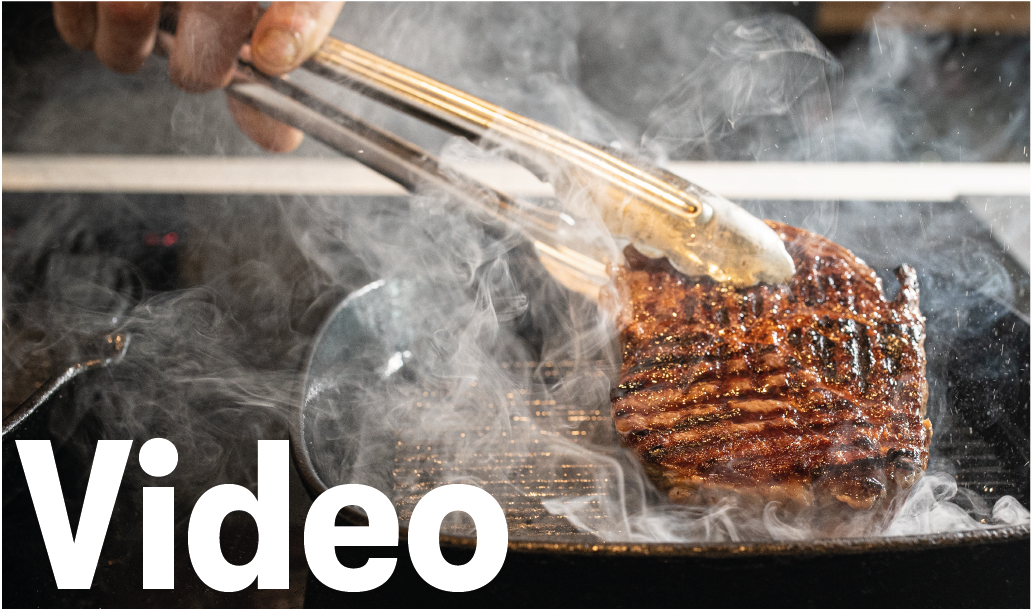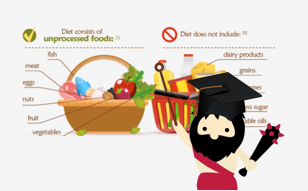Have you thought about “going keto” yet? The keto, or ketogenic, diet is super popular. Today in part 1 of our series on keto we’ll discuss what the ketogenic diet actually is, and why you might consider giving it a try, whether you’re trying to lose weight or not.
What is the ketogenic diet?
The ketogenic (or “keto”) diet is a way of eating that encourages your body to burn fat for energy, in addition to or instead of carbohydrates, which is what most of us are burning for fuel most of the time.
You’ve heard of the three macronutrients - proteins, fats, and carbohydrates. And you probably know that carbohydrates are considered the main source of energy for your body.
%2CMQV25Gnx_2A%3D.png)
"Going keto" means you're going to be eating lots of healthy fats! 🥑
In fact - due to the ubiquitous availability of carbohydrates in our modern diets, you’ve probably been feeding your body carbs for energy multiple times per day since you were an infant.
And if you’re mindful about the quality and way in which you consume your carbohydrates, this is probably just fine! But constant carbohydrate consumption, especially if those carbs are processed or “refined” carbs that break down rapidly into sugars in your body, can be a big problem.
In the short term, you might experience this rush of blood sugar as a quick burst of energy followed by a “crash” when your body has depleted those quick-burning carbs. In the long term, constant consumption of rapidly-digesting carbs will increase your body’s resistance to insulin - which is deployed by your body when you consume carbohydrates to regulate your blood sugar level - and this has been linked to the major degenerative problems that are prevalent today: heart disease, neurodegenerative diseases, and cancers.
The good news is - you can teach your body to burn fats (or “ketones,” which are produced by your liver as you metabolize fats) as efficiently for energy as you’re accustomed to burning carbs!
Turns out that our bodies are very capable of doing this...it’s just that most of us are very out of practice due to the widespread availability of carbs at every meal. But it wasn’t always like that - our ancestors would have regularly faced long gaps between meals, and needed to be able to burn stored fats for fuel.
Ketogenic eating - or the keto diet - is simply training your body to be able to burn fats efficiently again.
To do that, you’re going to need to deprive your body of carbohydrates so that it begins looking for other types of fuel, and we can do this by i) restricting our intake of carbs to 25-50 grams per day, ii) increasing our consumption of healthy fats, and iii) maintaining a moderate level of good proteins. More details on exactly how to structure your keto eating will be included in part 2 of this series, but for now, you can reference our “keto food pyramid.”

But don't worry - there are tons of delicious healthy fats & proteins to choose from 😎
Why should I want to try this?
Even if you’re not trying to lose weight, there are some great benefits to trying out a ketogenic diet and ultimately becoming “fat adapted” - meaning that your body is equally comfortable burning carbs or fats (and ketones) for energy.
First and foremost is that (re)building your body’s ability to efficiently burn fats consumed in your diet will help your body mobilize stored body fats as well - making it easier to maintain healthy body fat levels over time. This alone is a good reason to try a ketogenic diet for a few weeks and potentially introduce a “keto cycle” every few months to maintain good metabolic health.
In addition to this, however, there are a number of other benefits associated with the keto diet:
- More filling, energy-dense meals means less time eating and snacking. When your meals are constructed around healthy fats, you’ll be full for longer between meals - and are less likely to crave that afternoon snack.
- Smooth, stable energy with no swings or crashes. Get off the roller coaster! Avoiding carbs entirely means you’re far less likely to experience dramatic ups and downs in your energy level caused by carbohydrate-driven blood sugar “rushes.”
- A wide variety of other potential health benefits. Keto diets have shown promise in treating a wide range of conditions, including epilepsy, metabolic disorder, cognitive degeneration, diabetes, and cancers, and many more studies are currently ongoing.
Perhaps most importantly - you might find that you feel great! Or, you might try it for a few weeks and find out that you really function better with good carbohydrates in your life. While there are some general guidelines that are universally accepted, nutrition and healthy eating is not a “one size fits all” discipline. Each of our bodies and genetics are different!
But - taking an experimental approach and trying a new way of eating, whether you are looking to lose weight or not, is going to help you make more informed decisions every time you sit down to eat.
In next week’s “Part 2” post, we’ll go over how you can get started with keto, a “day in the life” of keto eating, some common mistakes to avoid when eating keto in Thailand, and a few of our favorite keto tips & tricks.

 Latest
Latest Newsletters
Newsletters Learn
Learn Recipes
Recipes Video
Video


